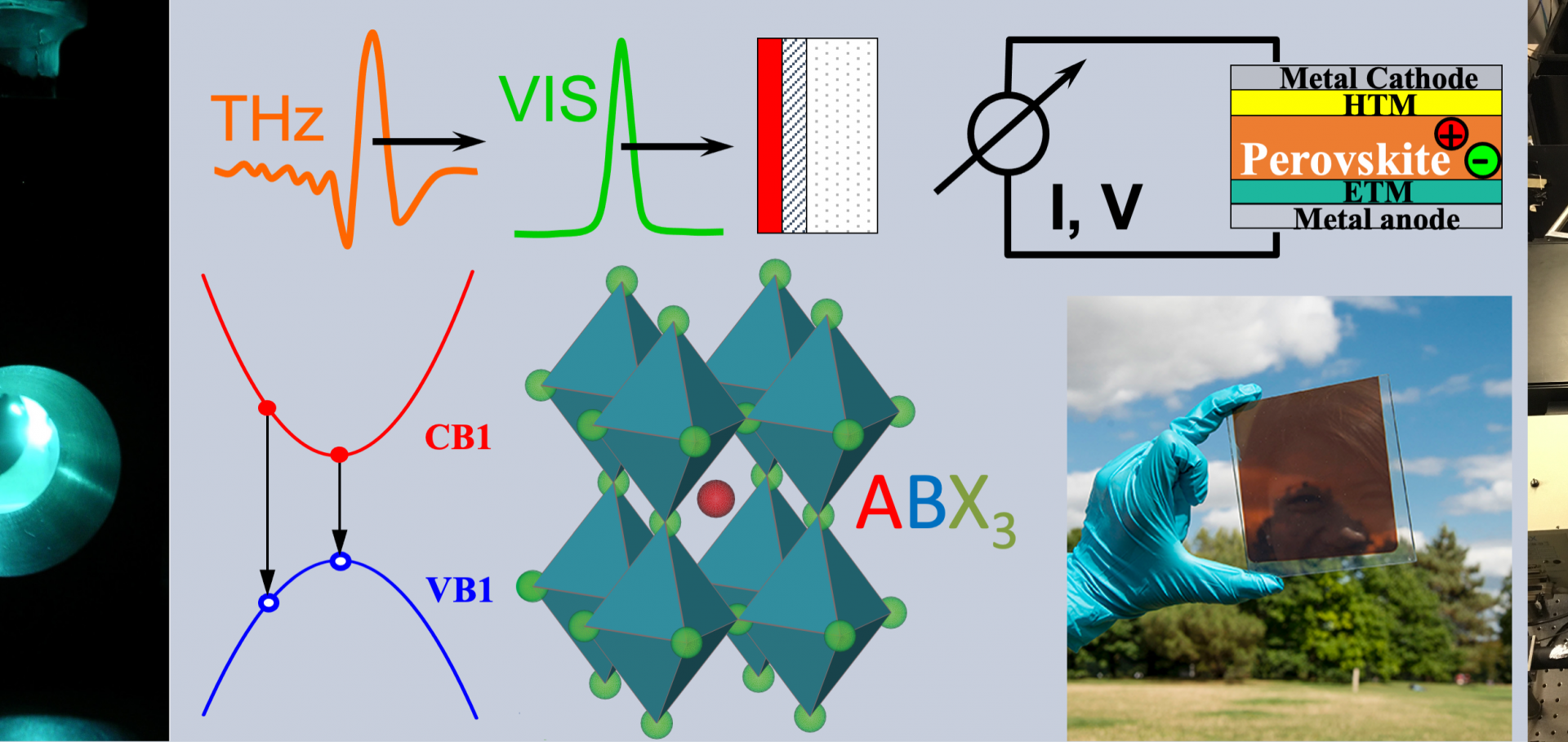Energy Cascades in Mixed-Phase Perovskite Thin Films: Charge-Carrier Dynamics and Mobilities
Fundacio Scito (2019)
Optoelectronic Properties of Tin-Based Hybrid Metal Halide Perovskite Thin Films for Photovoltaics
Institute of Electrical and Electronics Engineers (IEEE) 00 (2019) 1-1
Time-resolved THz spectroscopy of metal-halide perovskite single crystals and polycrystalline thin films
Institute of Electrical and Electronics Engineers (IEEE) 00 (2019) 1-2
Unveiling Temperature-Dependent Scattering Mechanisms in Semiconductor Nanowires Using Optical-Pump Terahertz-Probe Spectroscopy
Institute of Electrical and Electronics Engineers (IEEE) 00 (2019) 1-1
Electronic traps and phase segregation in lead mixed-halide Perovskite
ACS Energy Letters American Chemical Society 4:1 (2018) 75-84


